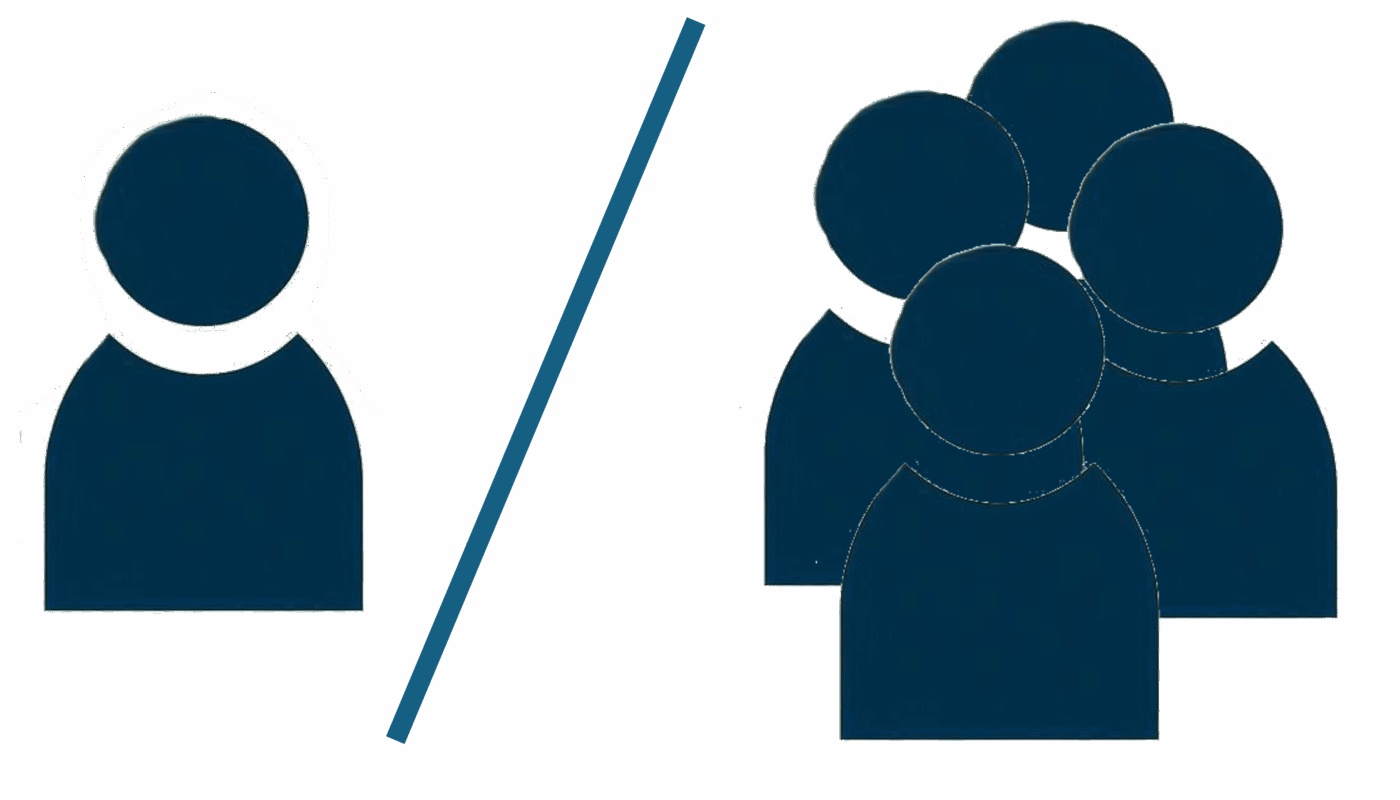If you have followed the first two parts of this blog series, you may still remember how Peter relates the round to musculature, movement sequences and physics. But also what role BailongBall can play in eurhythmics, Spiral Dynamics, anatomy, the classical Eastern arts of movement, geriatrics, pediatrics and much more.

Peter Öttler
BailongBall enthusiast, trainer & TBBF board member
In this part, Peter rounds off his observations by discussing the 2 player mode options and their characteristics, explaining what role our sport can play at school beyond addressing an observable lack of movement. Here is his conclusion - but read for yourself ...
BailongBall, everything is round (also Taiji Bailong Ball, Roliball)
In BailongBall, a modern sport developed in China, circular movements play an important role. These movements are characteristic of the Taijiquan tradition and are performed using a racket with a soft blade and a ball filled with sand.
Player mode
Single player mode
(Soloplay)
In Soloplay, the ball is guided around the body in circular and spiral movements and swings. The players perform slow, controlled movements that are reminiscent of traditional Taiji forms. From the outside, it looks as if the ball is sticking to the racket blade. The movements can be executed according to a predefined sequence (form) or freely improvised (freestyle).

Multiplayer mode
(Multiplay)
In Multiplay, the ball is played to a partner using dynamic swinging and turning techniques. The players have to adjust to the trajectory of the ball and catch it softly with the racket in order to return it to their partner at the right moment. The round movements of BailongBall require good coordination, balance and reaction.
Characteristics of the round movements
- Slow, controlled movements
- Spiral and curved movements
- Swings and circular movements around the body
- Flexibility and elasticity in the racket and body
- Coordination and balance between racket and ball
The round movements in BailongBall combine the tradition of Taijiquan with modern playing principles and require a good combination of technique, coordination and enjoyment of the game.
BailongBall as an answer to the lack of exercise
BailongBall is a simple but effective game that motivates children and young people to be physically active and improve their movement skills. It is an ideal approach to combat the lack of physical activity in German schools.
How does BailongBall work?
BailongBall is a game in which a sand-filled ball is kept in the air with a special racket by guiding it in circular paths around the body or deflecting it to other players. Previous racket sports do this on linear paths by hitting the ball and cannot offer the health benefits listed here. In BailongBall "Game Cooperative", the aim is to keep the ball in the air for as long as possible without it falling to the ground; this endeavor is the basis for all other forms of play and should be practiced extensively. All other forms of expression in this sport can only be achieved by understanding the flying ball.
At school
Advantages of BailongBall at school
- Promoting physical activity: BailongBall requires players to move in order to keep the ball in the air. This promotes physical activity and helps to combat physical inactivity.
- Improving coordination: BailongBall requires players to coordinate their body parts to keep the ball in the air. This improves coordination and reaction time.
- Promoting teamwork: BailongBall can be played as a team sport where players work together to keep the ball in the air. This promotes teamwork and communication.
- Simplicity and flexibility: BailongBall is a simple game. With the special equipment and an understanding of the practical physics involved, BailongBall can be played anywhere without the need for any other special equipment or facilities.

Implementation of BailongBall at school
- Integration into physical education lessons: BailongBall can always be integrated into physical education lessons to promote physical activity and coordination among pupils.
- Recess game: BailongBll can be offered as a recess game to motivate students to be physically active and burn off their energy.
- Competition: BailongBall can be offered as a competition in which the students compete in teams and fight for victory.
- Variations: There are many variations of BailongBall, such as playing with multiple balls or adding obstacles, such as baskets or nets. This can increase the motivation and challenge for the students.
Conclusion
BailongBall is a simple but effective game that motivates children and young people to be physically active and improve their movement skills. It is an ideal approach to combat the lack of physical activity in German schools and to promote physical activity, coordination and teamwork. By integrating BailongBall into physical education lessons, as a break-time game or as a competition, schools can help students achieve sufficient physical activity and improve their health and performance.
And finally...
Despite all the diversity of insights, views and findings, I recognize the unifying factor in this publication in the view of the functionality of the human body. However, each person also has an individual mentality, which is why it is important to find the right exercise program for each individual.
I would like to conclude with the words of Shizuto Masunaga: "To be healthy" is when the body functions harmoniously as a unit, including the internal organs and the nervous system. Only exercises that serve to restore the mind-body balance can truly be called "health exercises".
Peter Öttler
BailongBall Trainer
